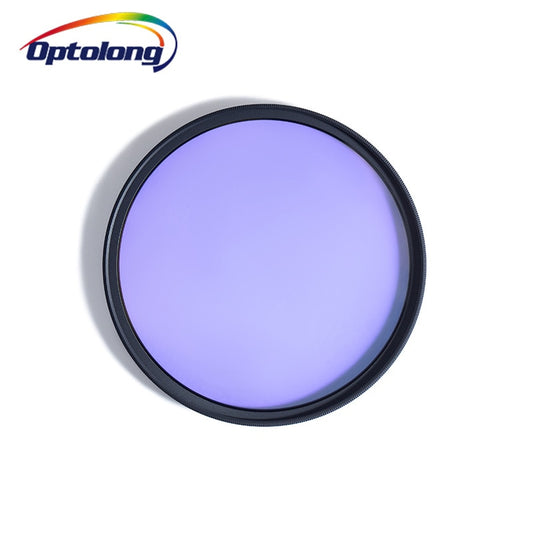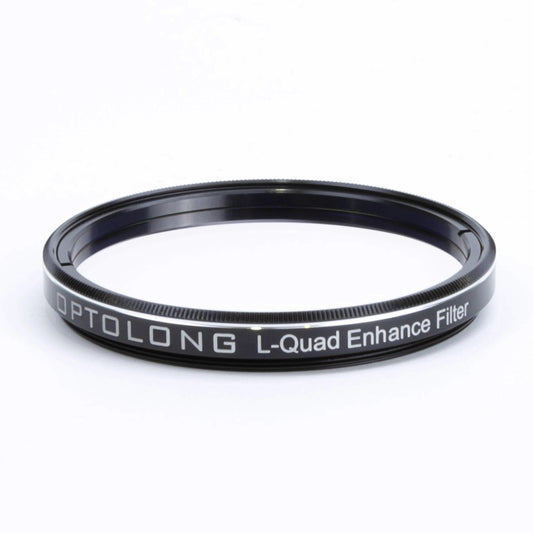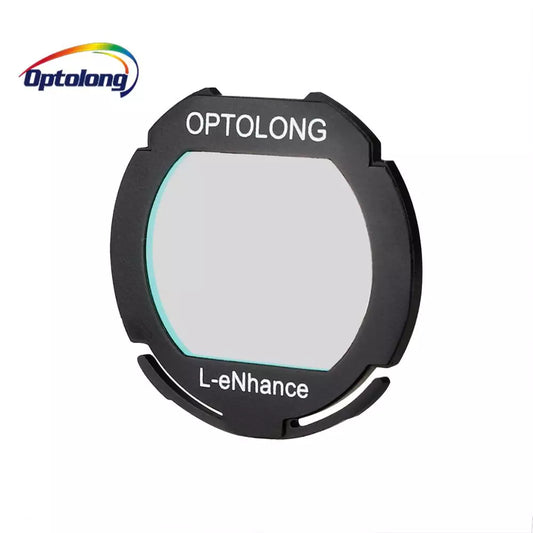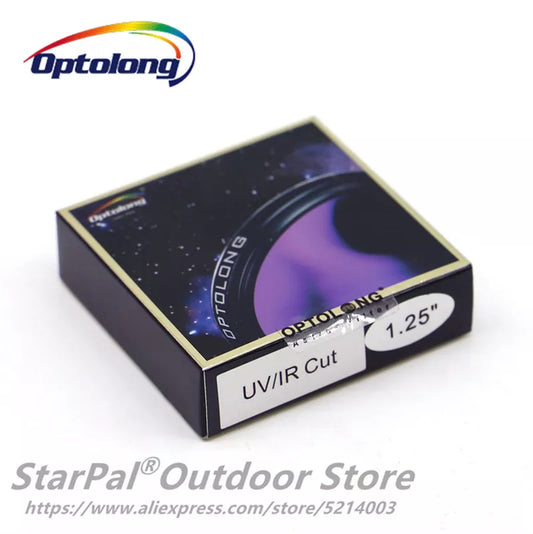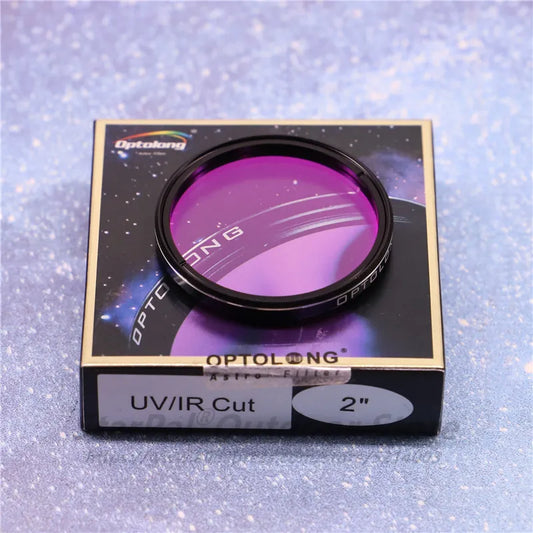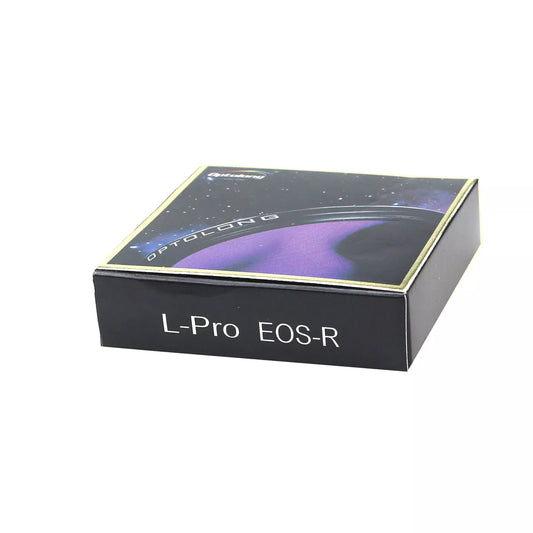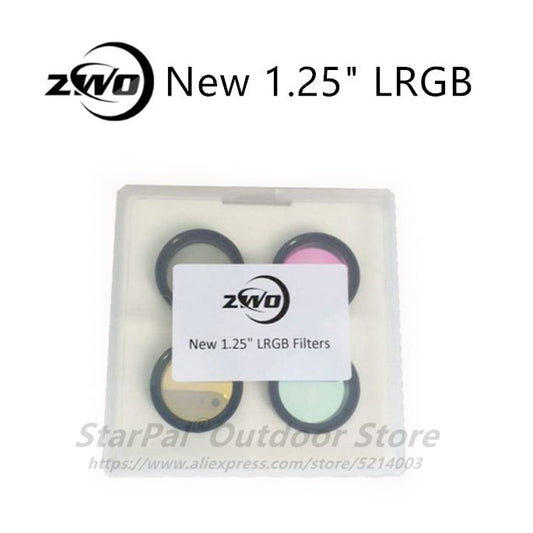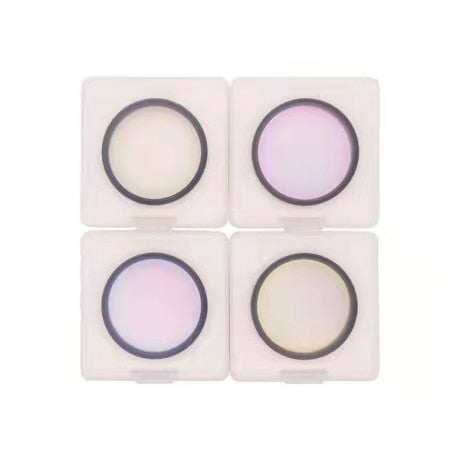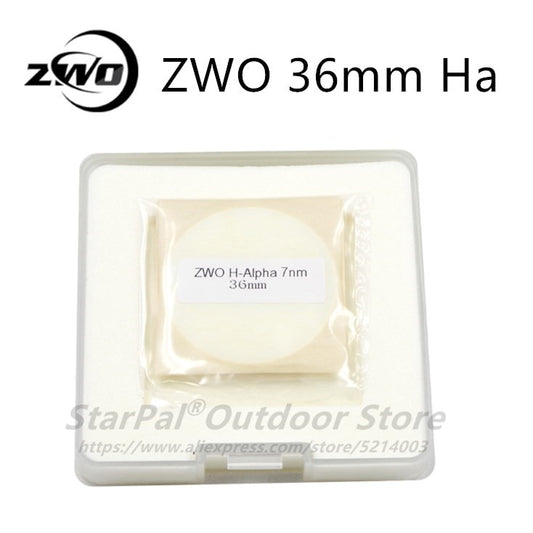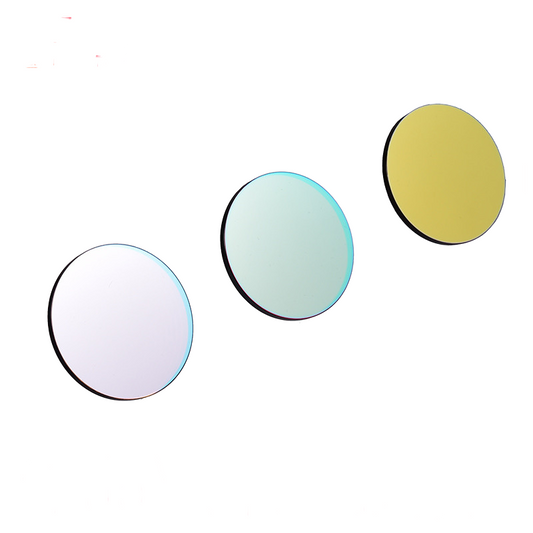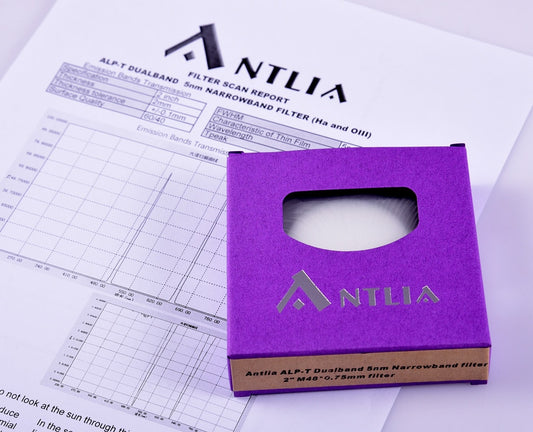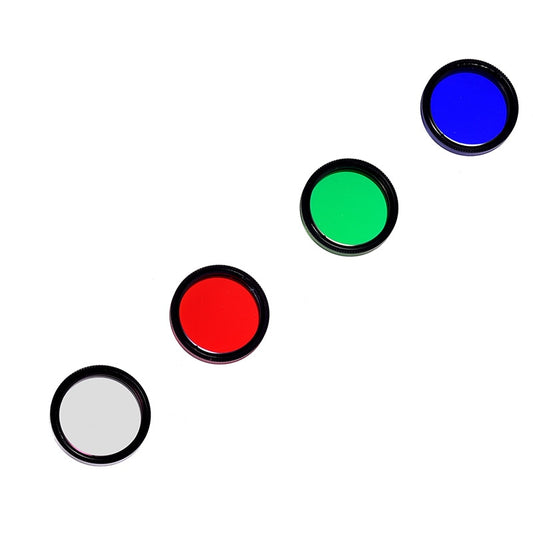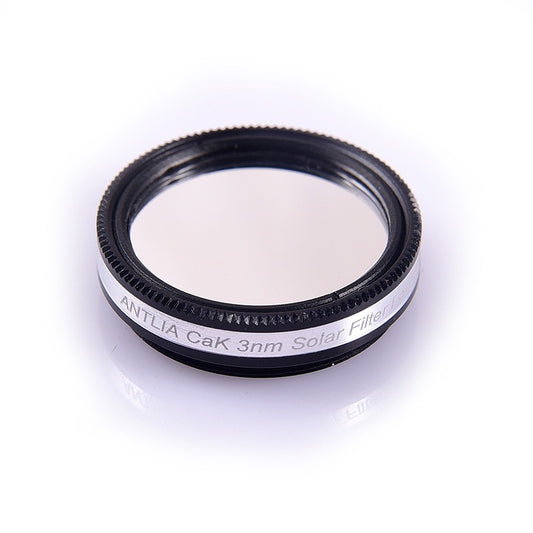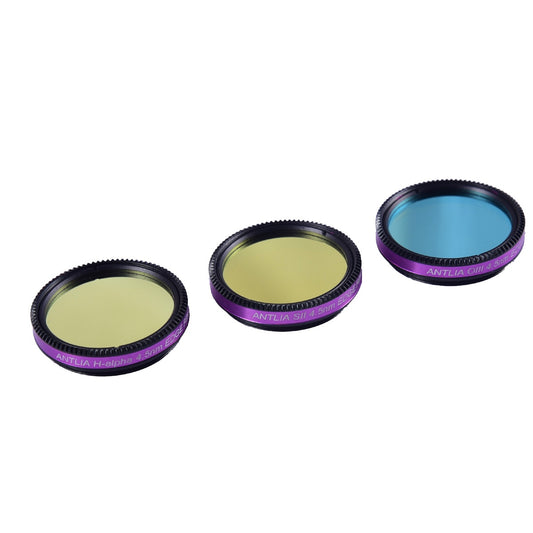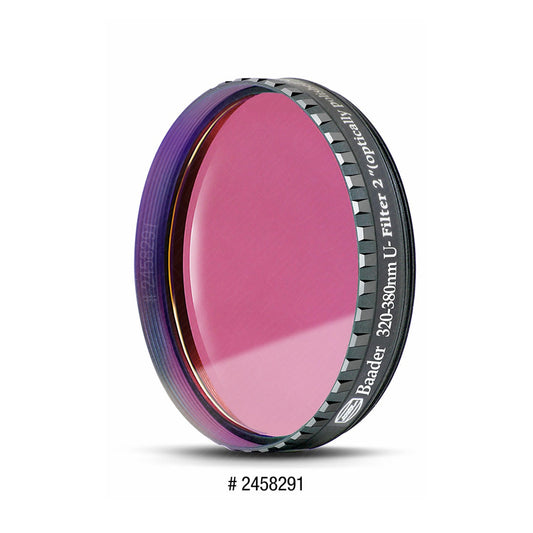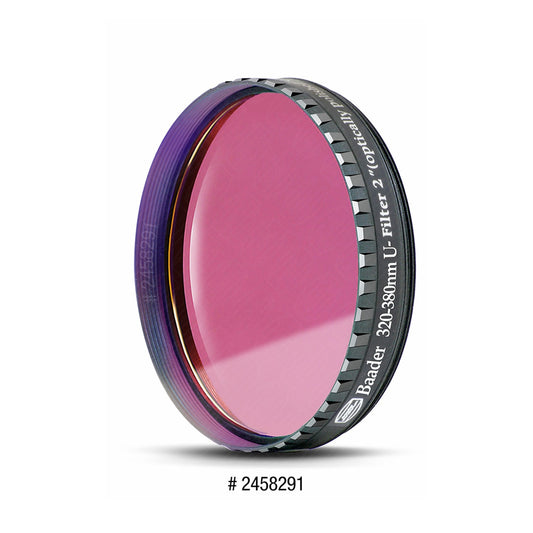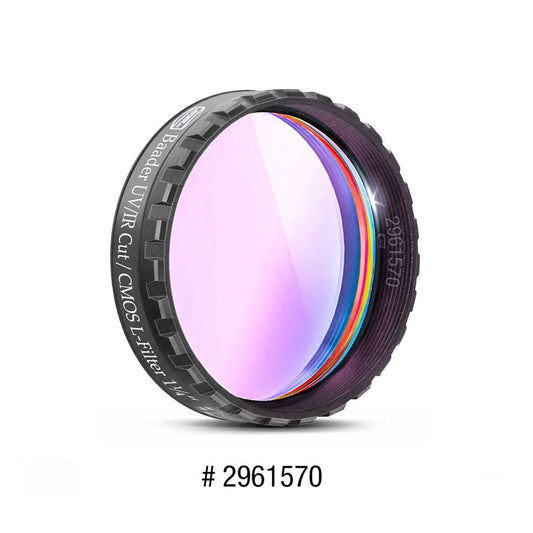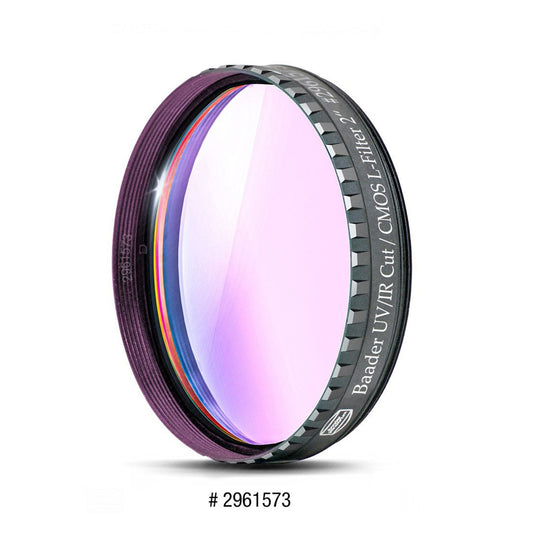Light Pollution Filter for Telescope: A Beginner’s Guide
When it comes to observing the night sky through a telescope, one of the biggest challenges is dealing with light pollution. The bright lights of cities and towns can make it difficult to see faint celestial objects, and can also impact the quality of your astrophotography. This is where a light pollution filter for your telescope can come in handy. In this beginner’s guide, we will take a closer look at what light pollution filters are and how they can improve your stargazing experience.
What is a Light Pollution Filter?
A light pollution filter is an optical filter that is designed to block out specific wavelengths of light. These filters can help to reduce the amount of light pollution in your images, allowing you to capture more detail and produce clearer astrophotography. Light pollution filters come in a variety of types and strengths, and the type of filter you need will depend on your specific observing conditions.
Types of Light Pollution Filters
There are several different types of light pollution filters available, and each type blocks out different wavelengths of light. The most common types of filters are:
Broadband Light Pollution Filters: These filters are designed to block out light pollution from a wide range of wavelengths. They are ideal for use in areas with moderate light pollution.
Narrowband Light Pollution Filters: These filters are designed to block out specific wavelengths of light that are common in light pollution. They are ideal for use in areas with heavy light pollution.
UV/IR Cut Filters: These filters are designed to block out ultraviolet and infrared light. They can be used in conjunction with other filters to improve image quality.
Luminance Filters: These filters are designed to improve the contrast and clarity of your astrophotography by enhancing the luminance of your images.
Best light pollution filter for telescope
Skyglow Filter: The Skyglow filter is a popular choice among astrophotographers. It is designed to block out specific wavelengths of light that are common in light pollution, while allowing other wavelengths to pass through.
L-Pro Filter: The L-Pro filter is a narrowband filter that is designed to block out specific wavelengths of light that are common in light pollution. It can also enhance the colors in your astrophotography.
UHC Filter: The UHC filter is a narrowband filter that is designed to block out specific wavelengths of light that are common in light pollution. It can help to improve the contrast and detail in your images.
CLS Filter: The CLS filter is a broadband filter that is designed to block out a wide range of wavelengths of light. It is ideal for use in areas with moderate light pollution.
H-Alpha Filter: The H-Alpha filter is a narrowband filter that is designed to block out all wavelengths of light except for the hydrogen-alpha wavelength. This can be useful for capturing images of specific celestial objects, such as nebulae.
Oxygen III Filter: The Oxygen III filter is a narrowband filter that is designed to block out all wavelengths of light except for the oxygen III wavelength. This can be useful for capturing images of specific celestial objects, such as planetary nebulae.
Celestron LPR Filter: The Celestron LPR (Light Pollution Reduction) Filter is a popular choice for astronomers. This filter is designed to block out the specific wavelengths of light that are associated with artificial light sources. It can be used with telescopes of all sizes and is compatible with both CCD and DSLR cameras.
Orion SkyGlow Filter: The Orion SkyGlow Filter is another popular choice for astrophotographers. This filter is designed to reduce the amount of light pollution in the sky, allowing you to capture more detail in your photos. It can be used with a wide range of telescopes and is compatible with both CCD and DSLR cameras.
Baader Planetarium UHC-S Filter: The Baader Planetarium UHC-S (Ultra High Contrast - Sodium) Filter is designed to enhance the contrast of nebulae and other celestial objects. It is also effective at reducing light pollution. This filter can be used with telescopes of all sizes and is compatible with both CCD and DSLR cameras.
IDAS LPS D1 Filter: The IDAS LPS D1 (Light Pollution Suppression) Filter is a popular choice for astrophotographers. It is designed to reduce the amount of light pollution in the sky, while still allowing you to capture detail in your photos. This filter can be used with telescopes of all sizes and is compatible with both CCD and DSLR cameras.
Astronomik UHC Filter: The Astronomik UHC (Ultra High Contrast) Filter is designed to enhance the contrast of nebulae and other celestial objects. It is also effective at reducing light pollution. This filter can be used with telescopes of all sizes and is compatible with both CCD and DSLR cameras.
Lumicon Deep Sky Filter The Lumicon Deep Sky Filter is designed to enhance the contrast of deep-sky objects, while reducing the amount of light pollution in the sky. This filter can be used with telescopes of all sizes and is compatible with both CCD and DSLR cameras.
Hutech IDAS LPS P2 Filter: The Hutech IDAS LPS P2 (Light Pollution Suppression) Filter is designed to reduce light pollution, while still allowing you to capture detail in your photos. It can be used with telescopes of all sizes and is compatible with both CCD and DSLR cameras.
Optolong L-Pro Filter The Optolong L-Pro (Light Pollution Reduction) Filter is designed to reduce light pollution, while still allowing you to capture detail in your photos. It can be used with telescopes of all sizes and is compatible with both CCD and DSLR cameras.
Meade Instruments Broadband Nebular Filter: The Meade Instruments Broadband Nebular Filter is designed to enhance the contrast of nebulae and other celestial objects, while reducing the amount of light pollution in the sky. This filter can be used with telescopes of all sizes and is compatible with both CCD and DSLR cameras.
ZWO Atmospheric Dispersion Corrector Filter: The ZWO Atmospheric Dispersion Corrector Filter is designed to correct for atmospheric dispersion, which can be a problem when observing objects close to the horizon. It can be used with telescopes of all sizes and is compatible with both CCD and DSLR cameras.
In conclusion, a light pollution filter is an essential accessory for any astrophotographer looking to capture stunning images of the night sky. It helps reduce the effects of light pollution, which can significantly affect the quality of your images.
When selecting a light pollution filter for your telescope, you need to consider factors such as the size of your telescope, the type of astrophotography you want to do, and your budget. There are several types of light pollution filters, each with its unique features and benefits.
Some of the top-rated light pollution filters for telescopes include the Astronomik UHC filter, the Baader Planetarium UHC-S filter, and the Orion SkyGlow Astrophotography filter. These filters effectively block out the most common sources of light pollution, such as streetlights and city glow, while preserving the natural colors of celestial objects.
Regardless of the filter you choose, it's essential to use it properly to achieve the best results. Ensure that you install the filter correctly, and adjust your camera settings accordingly to get the best images.
In summary, a light pollution filter is a valuable investment for any astrophotographer, as it can significantly improve the quality of your images. Whether you're a beginner or an experienced astrophotographer, incorporating a light pollution filter into your telescope setup will take your images to the next level. So don't hesitate, choose the best light pollution filter for your telescope and capture stunning images of the night sky today!
More Light Pollution and Filters Topics:
- What Filters do I need for Astrophotography
- Top 10 Best Filters for Astrophotography
- Hydrogen Alpha Filter
- Optolong l-Pro vs l-Enhance vs l-Extreme
- Planetary Filters
- Solar Telescope Filters
- Best Filter for Galaxies
- ND Filter for Astrophotography
- Light Pollution Filter for DSLR
- Astrophotography Filter Drawer
- What Filter to use for Astrophotography
- How to put a Filter on a Telescope
- Best Light Pollution Filter for DSLR Astrophotography
- How does Light Pollution affect the visibility of Stars
- Light Pollution Definition
- Do Light Pollution Filters work
- Light Pollution Filter Astrophotography







